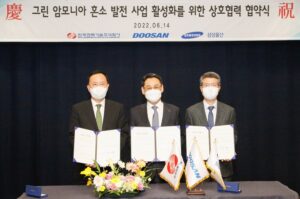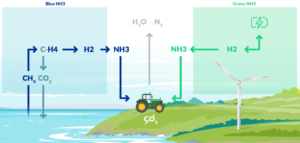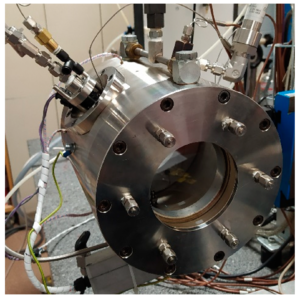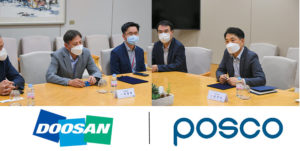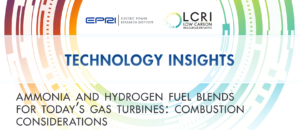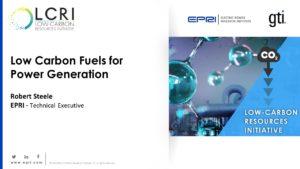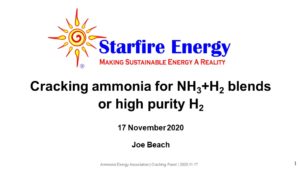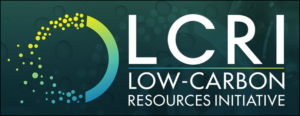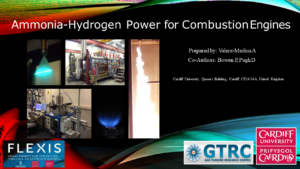Dual-fuel ammonia for power generation in South Korea
Doosan, KEPCO and Samsung will join forces to jointly develop a “dual-fuel green ammonia” power generation model that can be rolled out to 1 GW power plants in South Korea. In the trio, Doosan is charged with the development of ammonia dual-fuel boilers, indicating that coal co-firing is the target of the model rollout. As part of a different agreement, Doosan is also involved in ammonia-hydrogen gas turbine development with POSCO and KEPCO.
